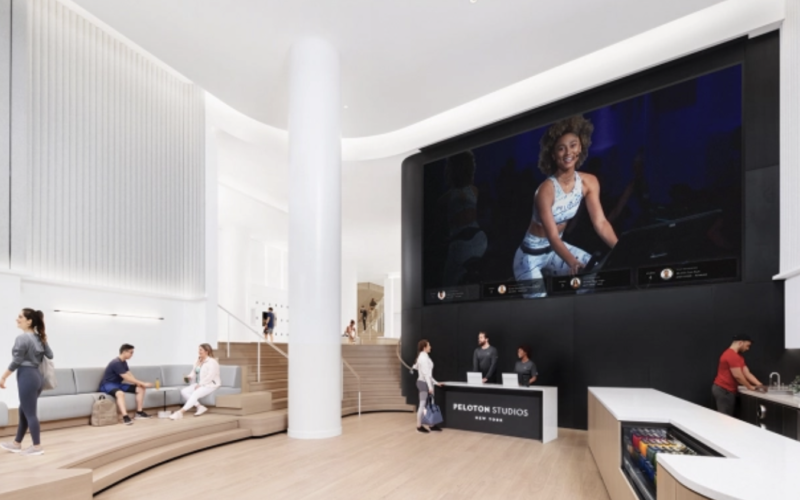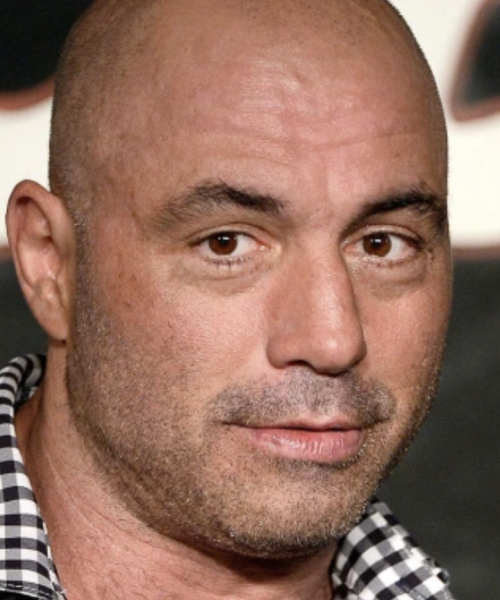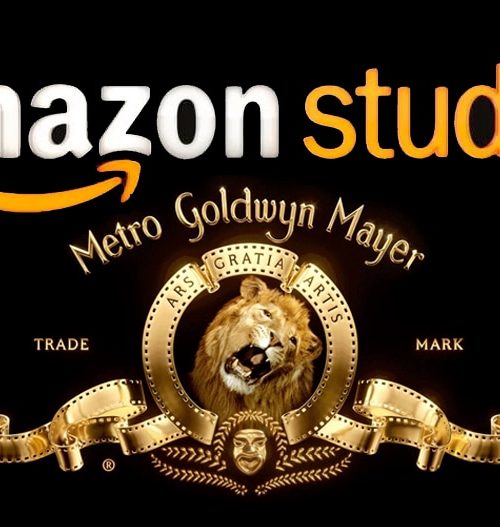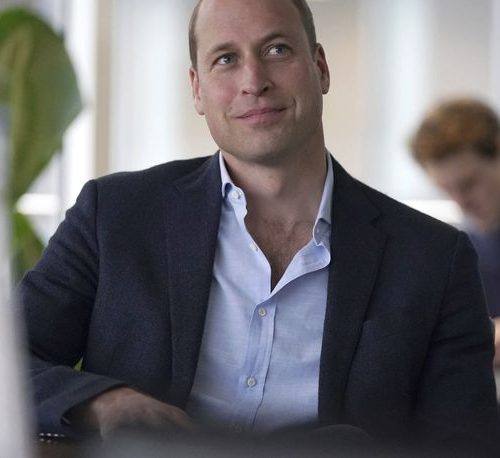BY COURTNEY RUBIN | HollywoodReporter.Com
Troy Warren for CNT
The bike company has become a global content brand via rigorous scripting of classes, canny promotion of instructors and entertainment industry partnerships.
In the spring of 2018 — in the days before Peloton was ubiquitous — the company set out to make a TV ad cool enough to wipe away the perception that its internet-connected bike was a suburban mom thing.
CEO and now-billionaire John Foley — a former president of ecommerce at Barnes & Noble — wanted to shoot for the moon, suggesting licensing tracks from bands he loved, including The Rolling Stones. Why not? The music budget was triple what it usually would be, according to a former employee.
Eventually, Peloton landed Jay-Z’s “On to the Next One,” which brought the company a measure of cachet. A few months later, Peloton’s pull was such that it could ask — and get — Meghan Trainor to record a cover of “Crazy Little Thing Called Love” in less than a week for another ad, says the former employee.
That year, 2018, also marked a metamorphosis in the company’s brand, from being known for its bikes to being known for its content. That summer was when Peloton first released its digital app, allowing people who didn’t (yet) want to pony up for pricey Peloton bikes (and treadmills) to tap into the cult of instructors like Robin Arzón (who now has 770,000 followers on Instagram) and Cody Rigsby (730,000 followers). It was also when Peloton announced it had closed a $550 million round of fundraising to build “a media company akin to Netflix,” as Foley put it at the time.
Three years later, much of what Foley set out to accomplish has come to be. The company, which went public in 2019, has a market cap of around $30 billion. It has signed deals with Peloton member Beyoncé (on classes that celebrate her music) and member Shonda Rhimes (on a campaign called Year of Yes, designed to build self-confidence and encourage regular exercise). And Peloton, whose bikes start at $1,895, has done it all by carefully controlling its production values, smartly promoting its instructors, and making music integral to its ethos, as 17 interviews (with company execs, instructors, industry sources and former employees) attest.

A significant part of the company’s recent success, of course, has been a result of the pandemic, when so many people were trapped at home. This created both a captive audience and, for Peloton, a lucrative one, with total workouts growing to 171 million in the last quarter from 48 million a year earlier. Some of the people trapped at home were agents and execs, eager to make deals. ESPN brass reached out early in the pandemic to say they were all riding. They proposed an ESPN All-Star Ride, which came together quickly in May 2020.
“We’re still very scrappy and entrepreneurial,” says Jennifer Cotter, Peloton’s chief content officer, who arrived two years ago. Cotter previously worked at HSN and was a founding executive at the Oxygen network.
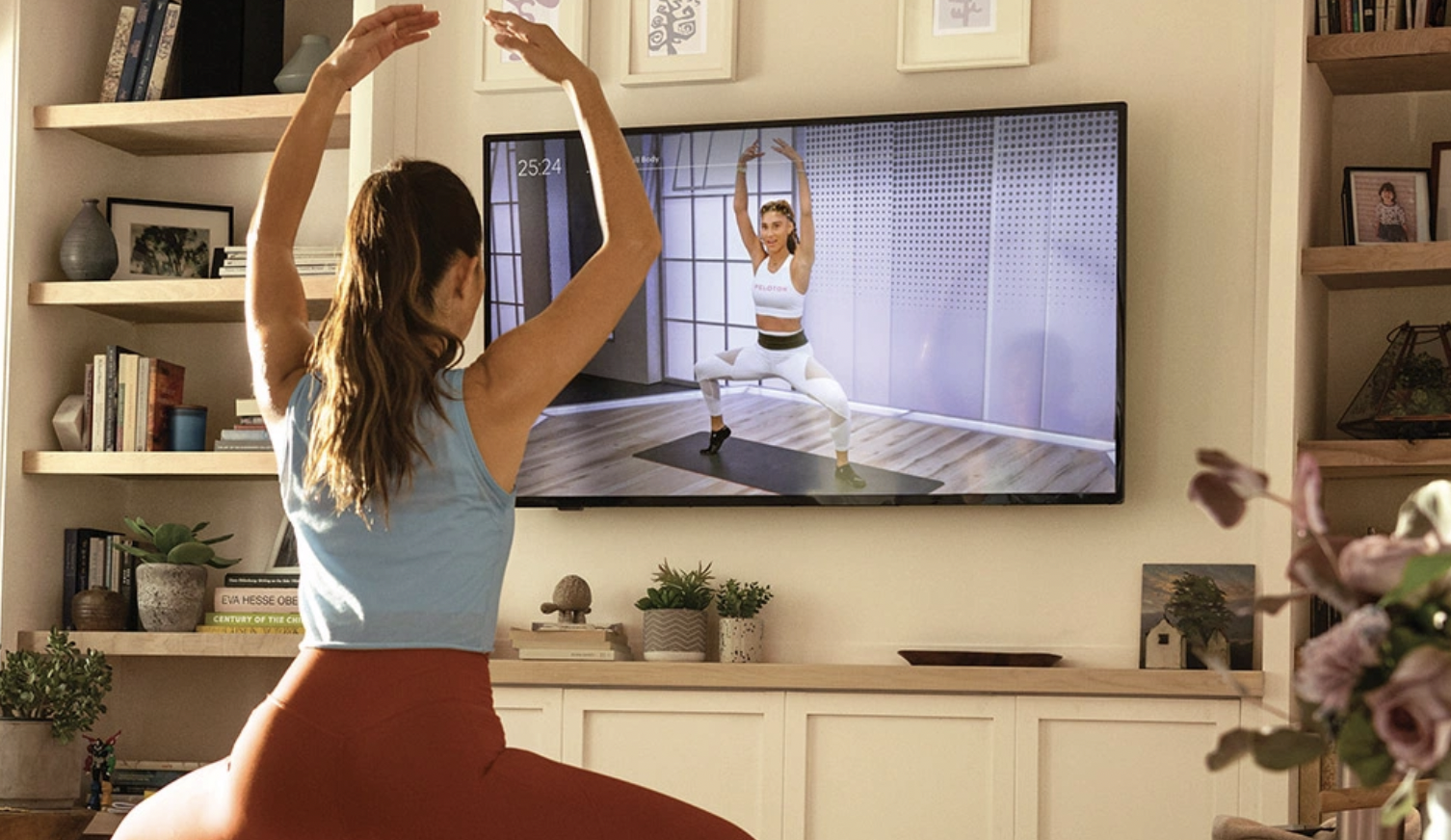
Also during the pandemic, People magazine began covering instructors such as Rigsby and Arzón like celebrities (which they sort of are — some of Arzón’s rides can attract 20,000-plus riders, or roughly the capacity of Madison Square Garden). And talent agencies signed up instructors, including Emma Lovewell (UTA), Tunde Oyeneyin (ICM), and Rigsby and Ben Alldis (A3).
Despite the voluntary recall of Peloton’s two treadmill models in May after the death of a child (a $165 million hit to future revenue, according to company predictions) and a recently revealed data breach (since patched), the company is moving ahead.
When Peloton opens its new 20,000-square-foot London exercise studios and broadcast center later this year — it opened a hugely upgraded $50 million New York facility in 2020 — one feature will make Peloton’s media aspirations clear: a huge street-level window allowing passersby a peek into the control room.
So how did Peloton become a global entertainment brand?
First, Peloton has never thought small. Foley has called Peloton’s treadmills “a portal for experiences.” Its classes, says a former employee, have long been thought of internally “as mini shows, that got more and more branded to who the instructor is.”
Peloton now produces as many as 19 new classes a day, offered in four countries (the U.K., Germany, U.S. and Canada). And in contrast to the freewheeling commentary of some of the instructors — Rigsby, known for his no-holds-barred form, wrote in an email to THR about the “nervous pee” he does before class — Peloton’s classes can be more scripted than users might think.
They are tightly produced by a team that collectively, according to the company, has won more than 19 Emmys. When Arzón announced her pregnancy during a ride in September, producers needed to know that she planned to do it in minute 25, so they could get the best shot.
Classes are supposed to be written 36 hours beforehand. Depending on the instructor and the type of class, this sometimes means bullet points and other times a full script. For example, its Artists Series classes — which have featured The Beatles, Lizzo and Prince — tend to be more heavily scripted because they’re meant to celebrate the singer or band, Rigsby says.

Meanwhile, instructor Jess King tells THR that if she’s teaching a class with a particular message (such as being authentically yourself), she scripts it down “to every second of what I want to say” — not to mention rehearsing it and often memorizing it.
In many ways, Peloton operates like an old Hollywood studio, creating star instructors who are on multiyear contracts, producing all its own content and controlling its distribution. Peloton’s desire for absolute control is such that it attempts to trace leaks to the press, says a former employee, who had knowledge of multiple leaks that appeared on The Clip Out, a Peloton fan podcast. And when this reporter approached an instructor’s agent to ask why they had signed a cycling star, it was a Peloton PR person who wrote back to say that the request (though it was to someone not employed by Peloton) must be routed through the company and to “respect our protocols.” For this article, Peloton did make two executives available for interviews (with conditions, including that questions be submitted in advance and that inquiries about the company’s music deals were off-limits). King and Rigsby answered questions via email, the only way Peloton allowed them to be interviewed.
If this makes Peloton sound like a forbidding place to work, it appears not to be, according to three former employees who separately described it as “magical.” And when it comes to hiring, Foley has a “no assholes” policy (his words, say former employees).
Recently, Peloton has begun rapidly expanding its classes to include things like bike boot camp, dance cardio and barre. The goal is to become well-known beyond its original cycling and treadmill offerings. “We believe our content is even better than people give us credit for in these newer modalities,” says Cotter.
The company is also experimenting with “how far we can go as a media company,” says Cotter — meaning how far beyond straight-up fitness content. This includes videos the company produces for YouTube and Instagram, such as a nearly seven-minute one about Arzón’s prenatal journey. Explains Cotter, “The idea that we’re pivoting from great fitness classes to, well, are we the Netflix of wellness? Can we tell stories outside of class? I mean, those things are happening now, and they’ll be a part of our future.”
In hiring talent, Peloton taps candidates who may not have typical fitness credentials (like being certified by the National Academy of Sports Medicine) and who may not have taught in a given genre (King, for example, had never even been on a stationary bike). Rigsby, who has done some of Peloton’s scouting, says it boils down to “Is this person a good person? … And do they have purpose or are they doing the work to discover their purpose?”
Once an instructor is chosen, the Peloton star-making machine gets to work. The period between when an instructor is hired and when they actually appear on the platform includes rehearsals and filling in credentials (like that NASM certification), but mostly focuses on brand building. Says Cotter, “It’s ‘Tell us what you think is unique about you and we’re going to help you make sure you have a path for success.’ “
***
But there is one essential thing in the Peloton universe that the company cannot control: music. Peloton’s pre-IPO filings and subsequent quarterly earnings reports stress that the complexities of music licensing are a key risk to its business.
Indeed, Peloton’s IPO filing in 2019 came as the company was being sued by more than a dozen music publishers, who were seeking more than $300 million in damages over the company’s alleged use of 2,468 unlicensed songs. In response to the suit, the company removed every class from its library that had at least one of the copyrighted songs — which was more than 50 percent of the classes at the time. Some Peloton users refer to this as “The Day the Music Died,” and themselves are suing the company over its claim that its on-demand library is “ever-growing.” (Peloton spent $31.1 million to settle the publishers’ lawsuit, according to SEC filings, though the total cost may be higher.)
Record labels have had a more positive view of Peloton, says Mark Mulligan, a music industry analyst at MIDiA Consulting, as the company (along with other fitness platforms) represents a growth area. Peloton reported its music royalty and streaming delivery fees rose by $81.5 million for the nine months ending March 31, 2021, compared to the nine months ending March 31, 2020.
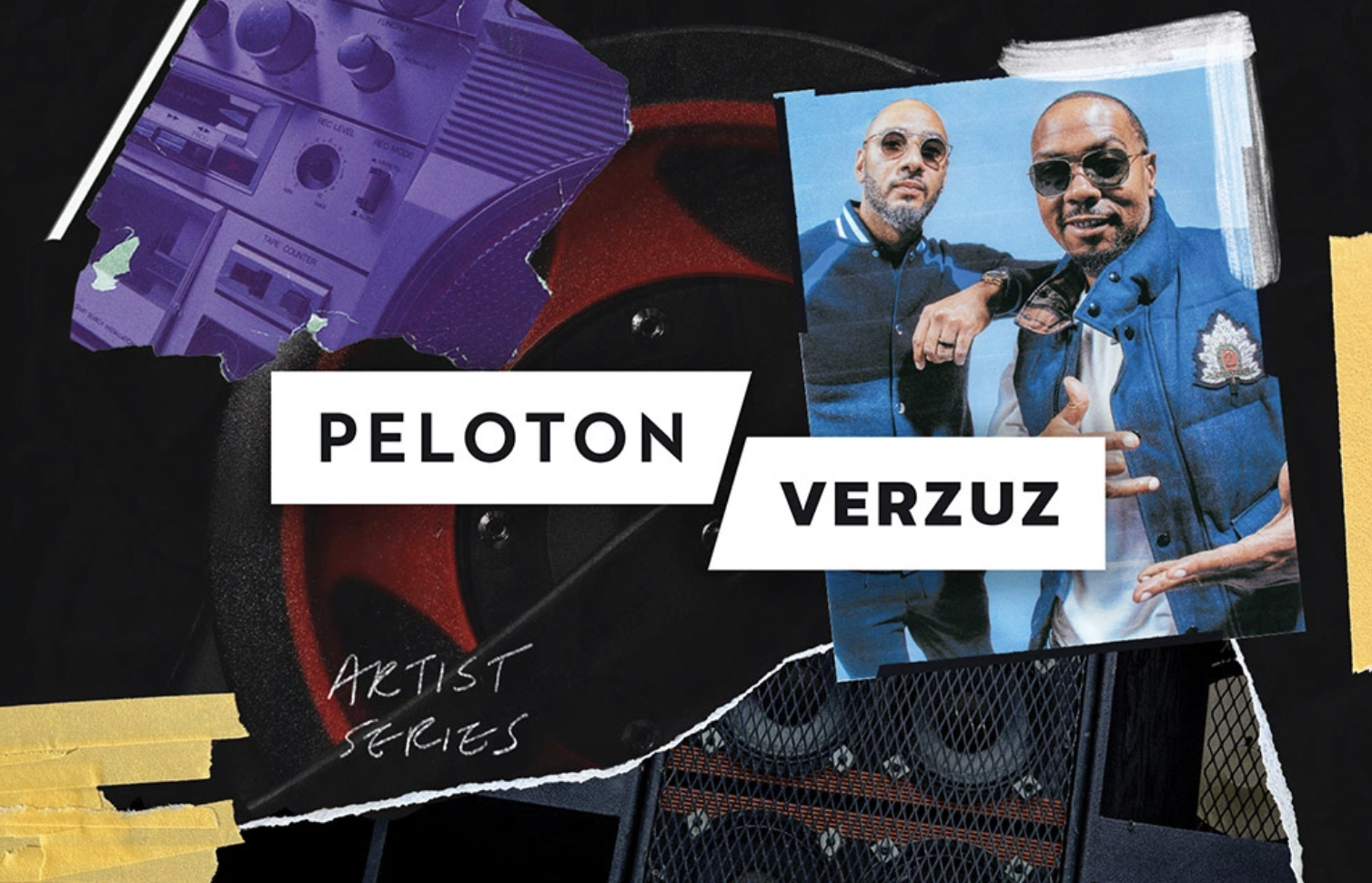

He adds that it’s impossible to put a number on the high-profile Beyoncé deal — that the complexity and the money could go in either direction. Fundamentally, Mulligan says, it’s a marketing opportunity for both the artist and Peloton. As part of the deal, Peloton is giving free two-year digital memberships to students at 10 historically Black colleges and universities.
Labels also like that Peloton has created an appealing symbiosis of music and fitness, in contrast to streaming services that have turned music into what Mulligan calls “essentially sonic wallpaper” — something you listen to while you’re doing something else.
And musicians — such as the recently featured Miley Cyrus and Justin Bieber — appreciate that Peloton is promotion they can do without having to show up in person. Gwen Bethel Riley, Peloton’s head of music, points to a Bad Boy Entertainment ride on Feb. 27, which had some 28,000 riders. “I think a lot of artists were paying attention to us as a new platform during the pandemic,” she says, “and if we’ve done our job, they think they’ve found a long-term collaborative partner.”
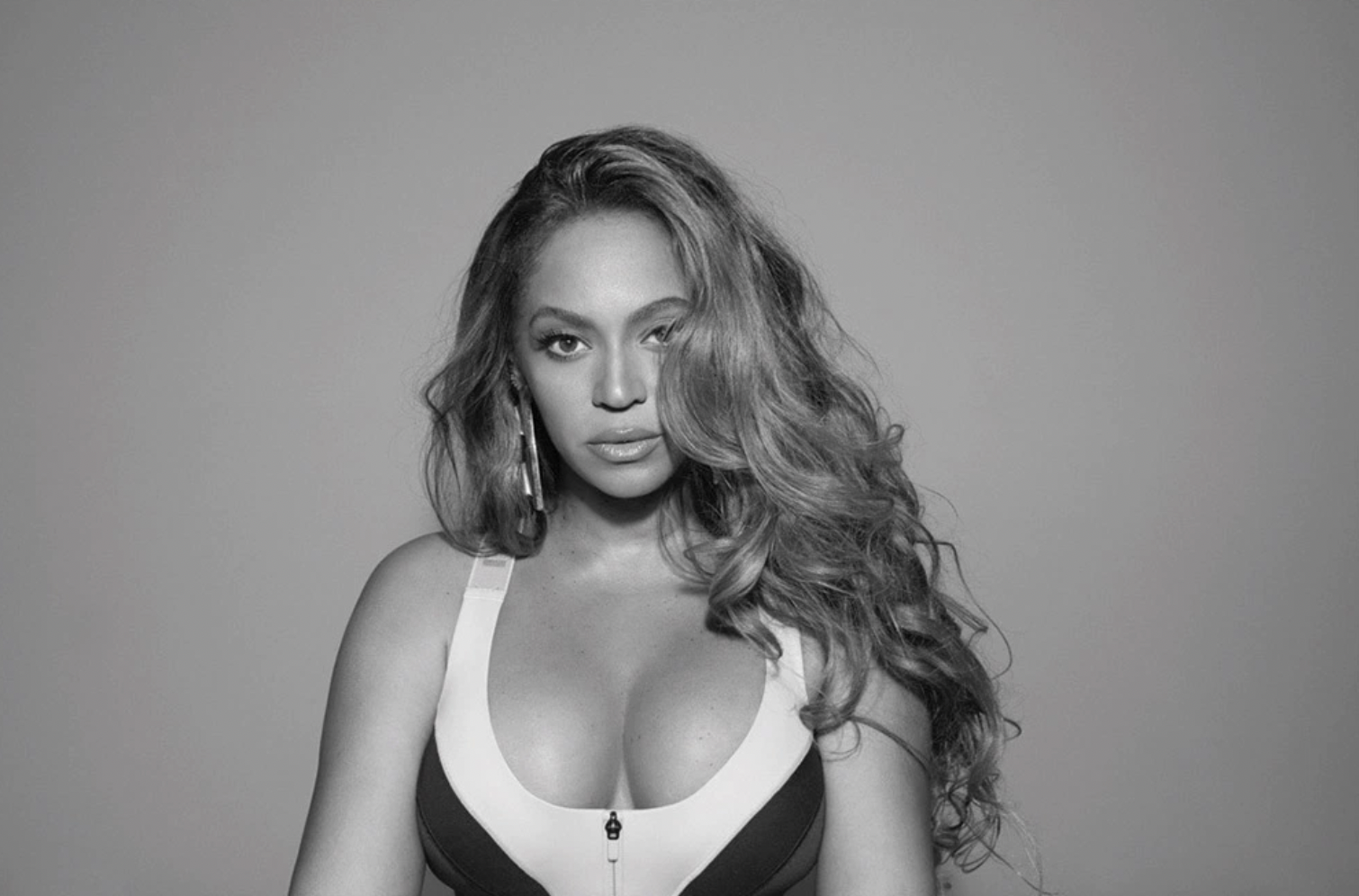

But as in-person fitness classes restart as the pandemic recedes, could that eat into Peloton’s user base? Peloton has always trumpeted a low churn rate of subscribers, and so far there is little if any evidence this will change with the reopening of gyms. For the third quarter of fiscal year 2021, the churn rate was just 0.31 percent, the company’s lowest rate in six years. (Netflix, the leader among streaming services, is at 2.4 percent so far this year.)
Daniel McCarthy, an assistant professor of marketing at Emory University’s Goizueta Business School who has studied Peloton’s business, predicts that churn rate won’t change markedly anytime soon. One case in point: His wife wants to upgrade from Peloton’s regular bike to the $2,945 Bike+, because the latter has a screen that swivels — better for taking the strength classes she likes. Says McCarthy, “Their content is so good they have people wanting to buy more expensive hardware just to use it.”
In Other NEWS


























